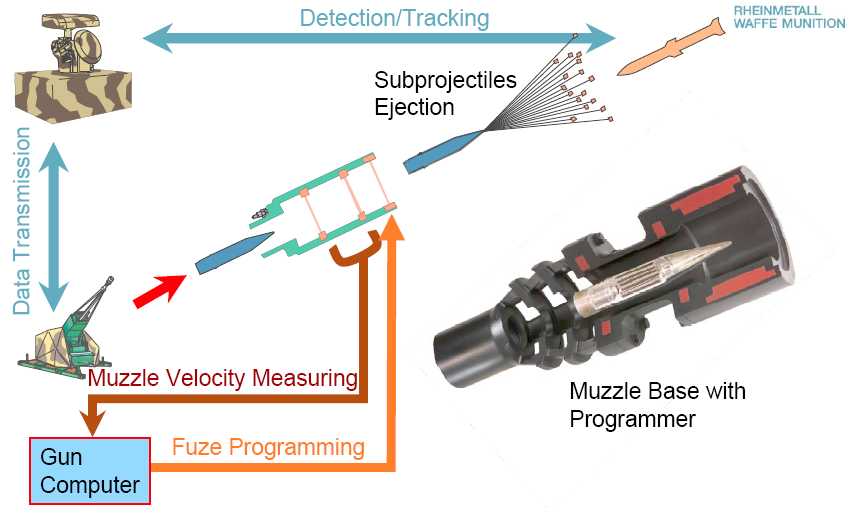In the past, some of my questions left posters puzzled since I only gave the precise questions I wanted an answer to without mentioning the context. The double fairing question is a good example. Once I described the context, my question was more readily understandable. I’ll do that here.
I’ll give context-less questions first then if you want the context, read on:
- How easy are military data links to jam, spoof or generally disrupt?
- Is the jammability of data links the reason that track-via-missile guidance is little used compared to semi-active radar homing? If not, why is it little used, given the potential for lower cost and greater precision than SARH?
3.1) Is it also the reason that using the missile to transmit while the launching platform receives, processes and sends commands via data link hasn’t been used? It would offer two advantages: 1) The launching platform could remain passive except for a data link which would have a lower probability of intercept than transmitting tracking and guidance beams 2) As the missile got closer, its angular accuracy would increase and the amount of energy reflected off the target’s skin would be greater than if the launching platform transmitted which would make jamming more difficult.
3.2) Would the missile’s engine/motor be usable as a power source for the transmitter?
Context:
Data links are particularly important in naval and aerial warfare. I will list some data link-intensive methods which might be useful.
-
Using lower frequency, even going as low as S or C band for a fighter, would increase range and impede enemy stealth. Lower frequency has the downside of lower resolution. However, several radars each transmitting in low frequency from widely space azimuths would create a synthetic aperture antenna which would have greater resolution than the choice of lower-than-X-band frequency would suggest.
-
Having several platforms transmit and receive would create a multistatic radar system which would impede enemy stealth and jamming.
-
Multistatic radar would allow some platforms to only receive while other platforms only transmit. The receive-only platforms would be stealthier. The transmit-only platforms could use frequency modulated continuous wave (FMCW) which would provide good range, great velocity resolution and low probability of intercept (LPI). The transmitters and receivers could alternate roles to make them more difficult to track and engage.
-
Widely spaced platforms could passively fix enemy location and perhaps velocity based on its transmissions.
-
By comparing the received signal of several platforms, receiver noise would be easier to filter out. This is because receiver noise is specific to each receiver: hence, false targets caused by receiver noise are unlikely to be shared across receivers and thus easy to filter out by comparing the data input from several receivers. This would make it possible to crank up amplification while maintaining the same constant false alarm rate.
-
It would be possible to launch missiles from submarines, ships or aircraft which stay below the enemy radar horizon and rely only on data link to acquire and engage targets. Perhaps missile guidance could use multiple LPI FMCW transmissions or data link.
Most of these methods require heavy processing. Such processing is best done using powerful computers. Ships have the room and electricity to operate powerful computers. They also have greater anti-air/anti-missile assets and general survivability than aircraft. Ground-based processing is also possible.
Early airborne warning (EAW) planes can act in their primary role but also as intermediary processors and data relays. An EAW plane flying at about 10km altitude and fighters flying at the same altitude would have a radar horizon (and presumably data link horizon) of about 800km. If not, having the fighters fly at 15km would produce an 800km visual horizon. Data links of that distance and at that altitude might be possible given that atmospheric attenuation decreases severely with altitude.
It would also be possible to station one EAW plane above the data-processing ship/ground station and daisy chain EAW planes to extend the data link range further.
We might see a change in frequency choice where search, track, guidance and data link share the same frequency bands depending on the means available.
As you can see, data links are useful and so would their disruption.
So, that’s the context of my questions.
